Viewed from a historical perspective, the tower, being part of the architectural military arsenal is charged with the symbolism of power. In modern history, the tower has become a landmark of civic architecture and gotten exponentially more creative since the world’s first modern skyscraper was built in 1885. Architects and developers today are exerting themselves to erect a high-rise to stand out from the crowd.
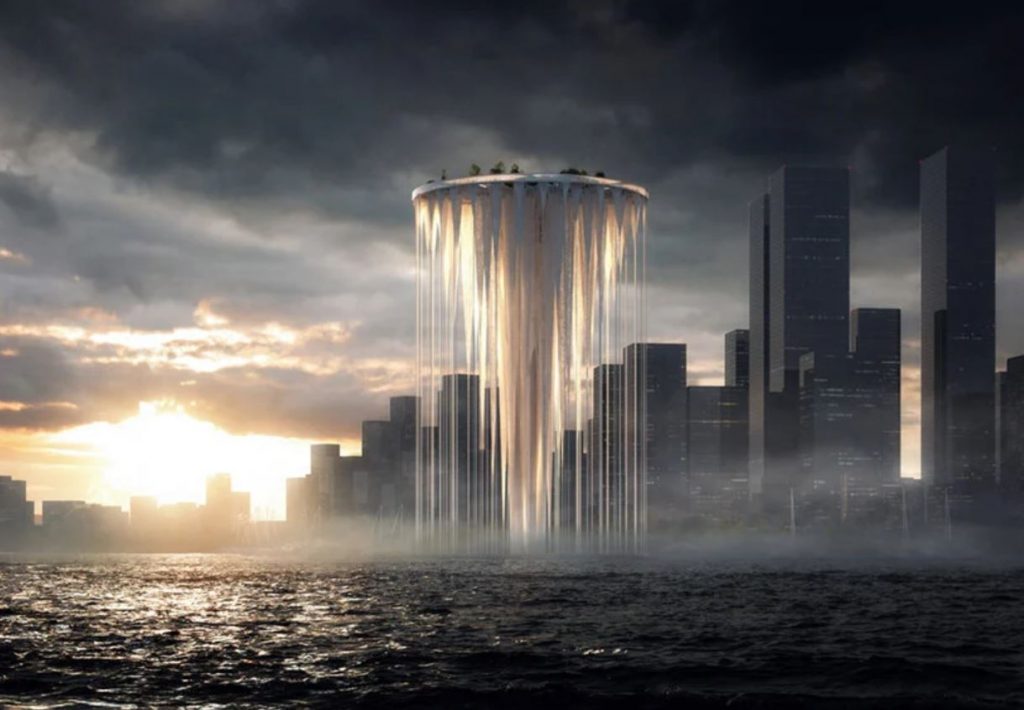
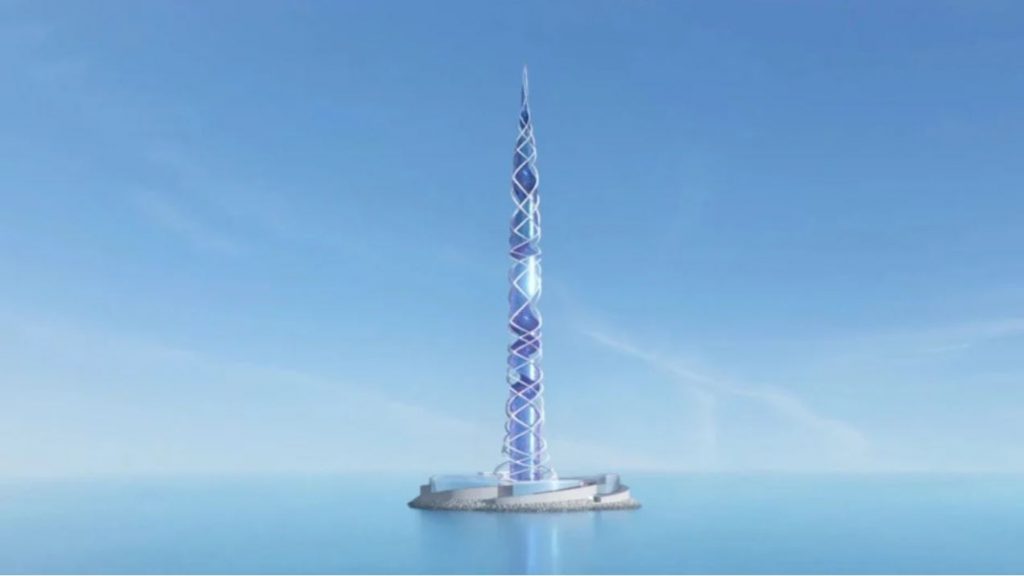
Lakhta Center II by Kettle Collective
Ambition of the Scottish architecture practice Kettle Collective is to build the second tallest building in the world. Their recently unveiled designs for the Lakhta Center II in St Petersburg, Russia, comprises a 703-metre-high supertall skyscraper that will feature 150 storeys and would also have the highest occupied floor in the world at 590 metres.
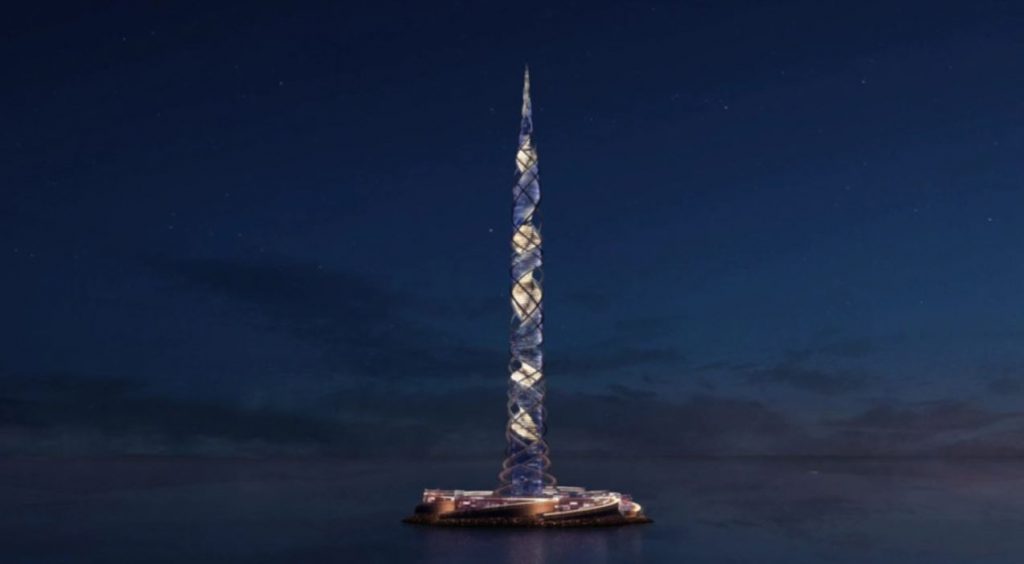
Lakhta Center II by Kettle Collective
Although the studio’s renders show the high-rise on an island isolated in the Baltic Sea, the exact location of the building has not been confirmed by the customer, Russian energy firm Gazprom. It is expected to be constructed alongside the Lakhta Centre, the headquarters of Gazprom, which is currently the tallest building in Russia and Northern Europe.
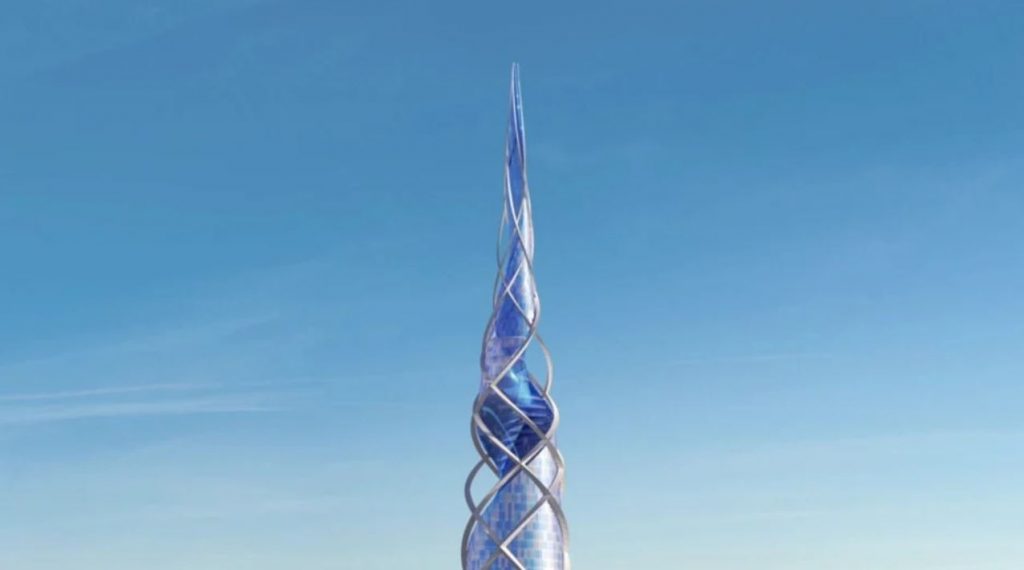
Lakhta Center II by Kettle Collective
The team imagines the tower to be a template of sustainable design for global high-rise projects, having the best in class low energy design. According to the architects, the tower is born out of a daring idea that has been inspired by energy in all of its forms, from helical waves generated around deep space quasars to the spirals of wave energy.
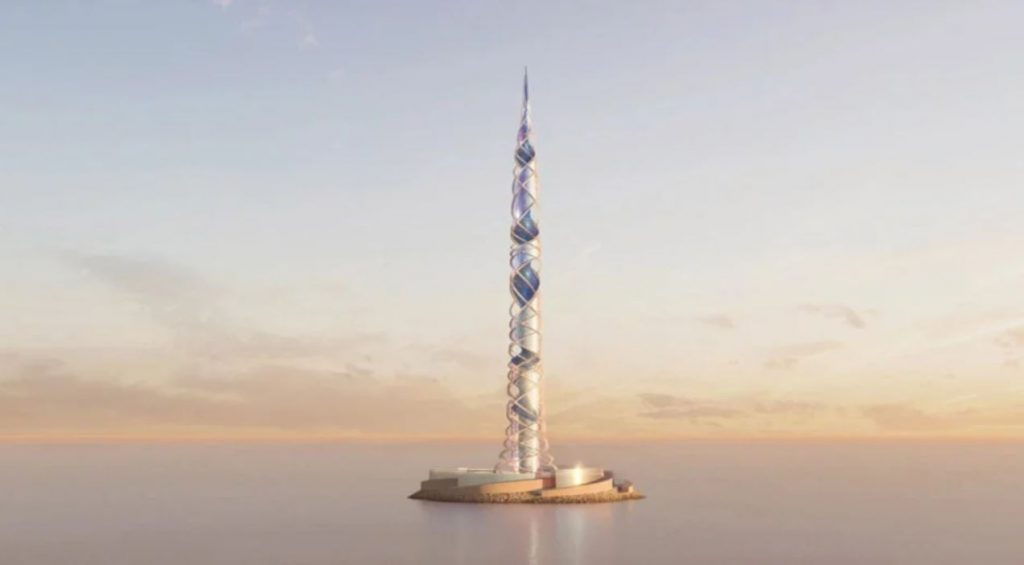
Lakhta Center II by Kettle Collective
The building’s outer layer is a metal exoskeleton created from spiraling columns that form an open organic helical diagrid, while the structure is carved out by a series of spiral atriums shared with green vertical spaces. Both aesthetic and functional, the design will reduce considerable wind forces, in turn reducing the size of structural elements required within the building.
The new Lakhta Centerv is expected to become the city’s landmark, as well as have national significance showcasing Russia on the world stage, as an investor in business, innovation and creative thinking.
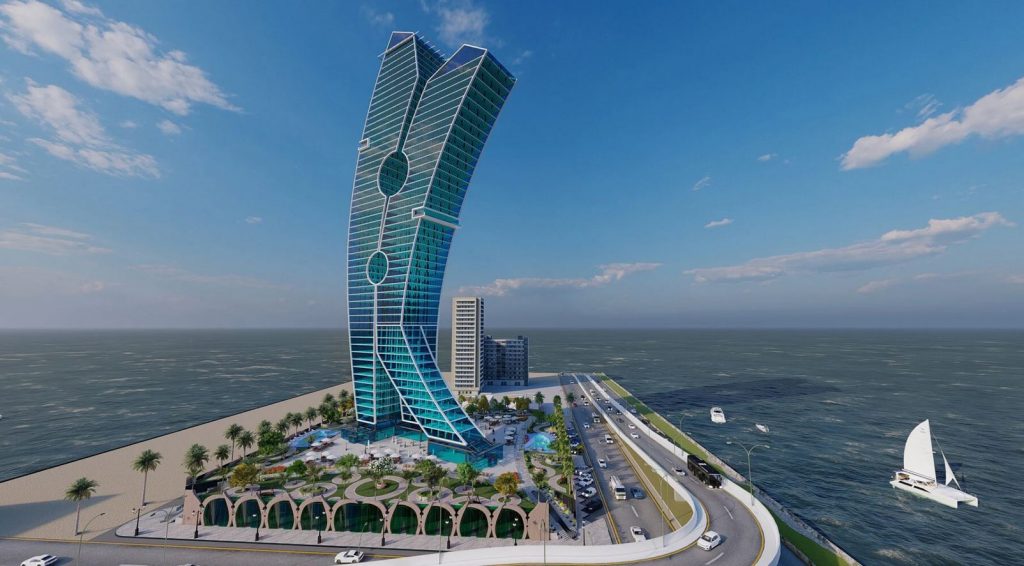

Clothespin Tower by Zygo
So far, the tallest building in the world is the 828-metre-high Burj Khalifa in Dubai, UAE, the city ranked fourth among cities with the most skyscrapers in the world. Israeli artist Zygo, together with his creative team, is currently planning to add another one to the city’s skyline. Initiated by the famous artist, Clothespin Tower will not be a mere real estate and construction project, but also the largest piece of art ever created comprising a deep philosophical concept with highly emotional significance
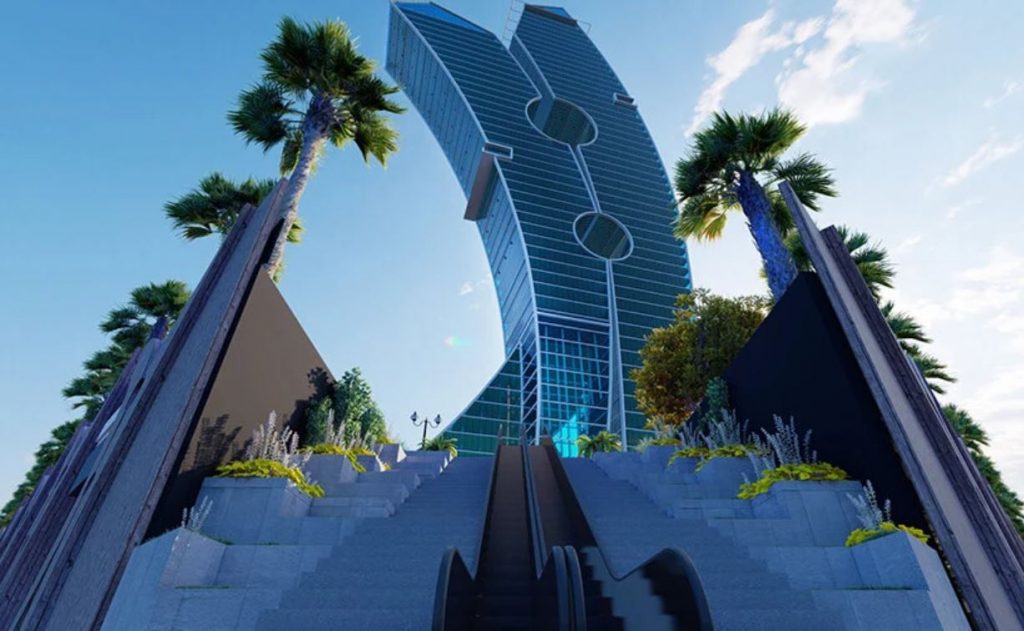
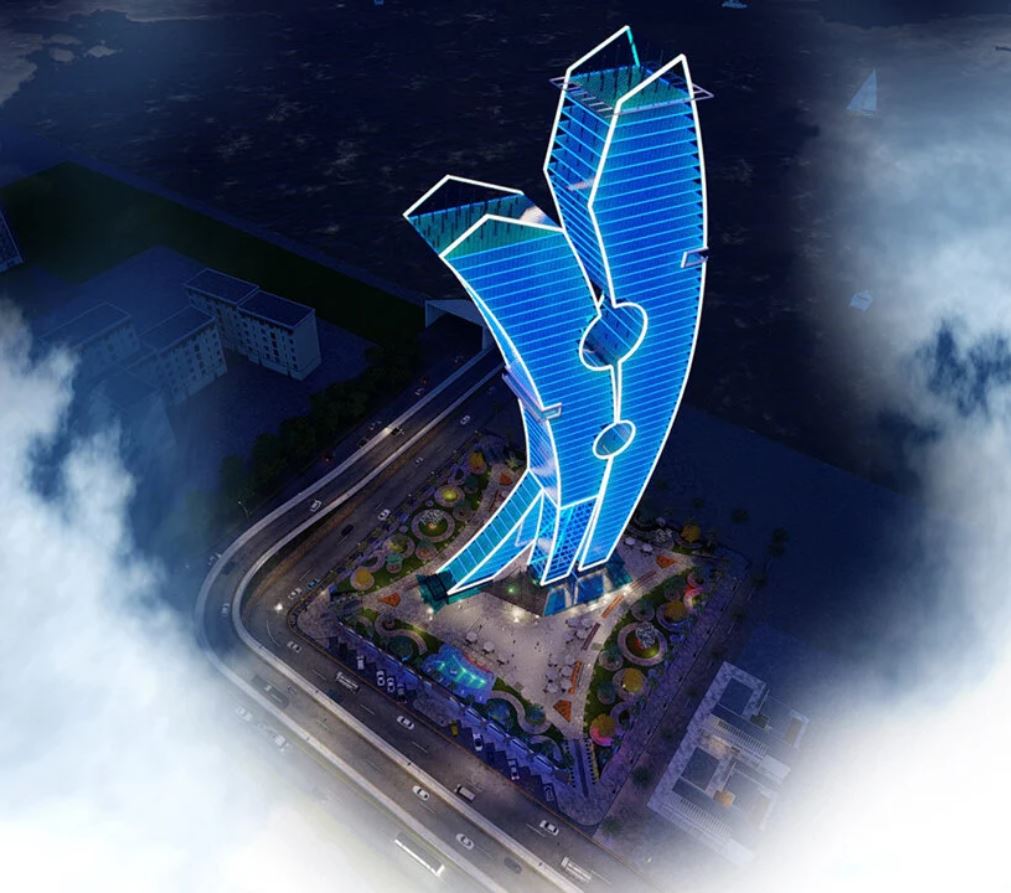
Clothespin Tower by Zygo
The design imagines a highly sculptural and symbolic 170m tall skyscraper conceived as a symbol of hope and eternal love between two divided souls that come together to be united. The artist envisions the tower split into two halves from the ground up. One of these is designated to serve as a luxury 1,200 rooms hotel, while the other one continues the theme of luxury with 300 high-end apartments in addition to commercial space.
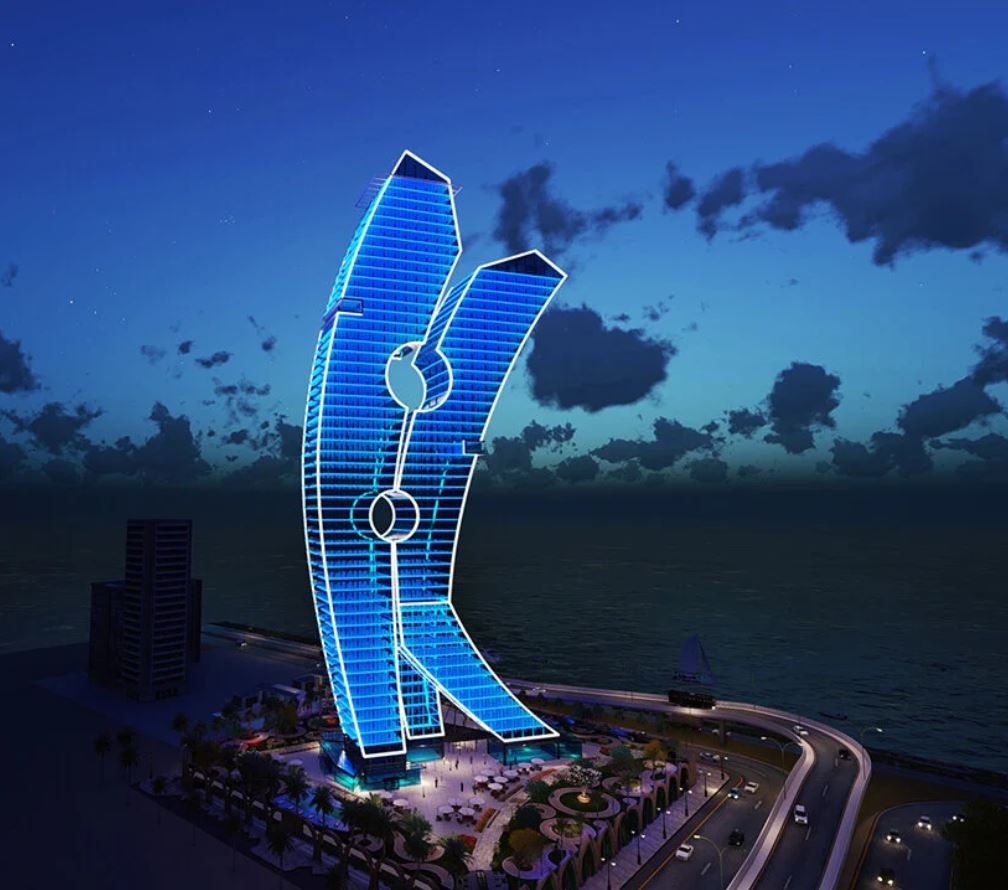
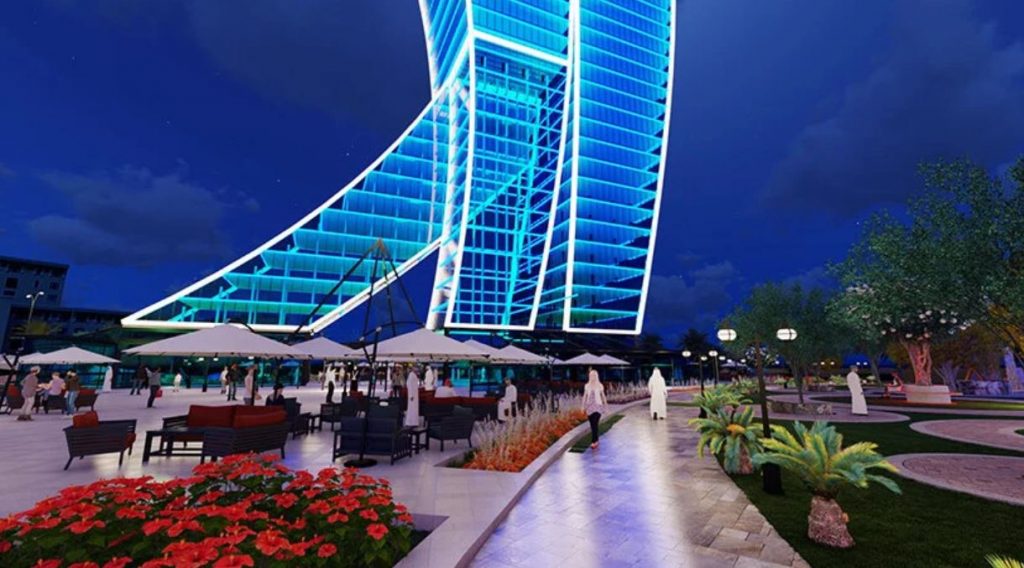
Clothespin Tower by Zygo
The building will also include a 10,000-square meter shopping center that will house contemporary art galleries, upscale restaurants as well as a mezzanine with a lounge, fitness center and luxury spa. Aiming to start construction in 2023, the unique art project is currently looking for strategic partners for securing land and construction rights.
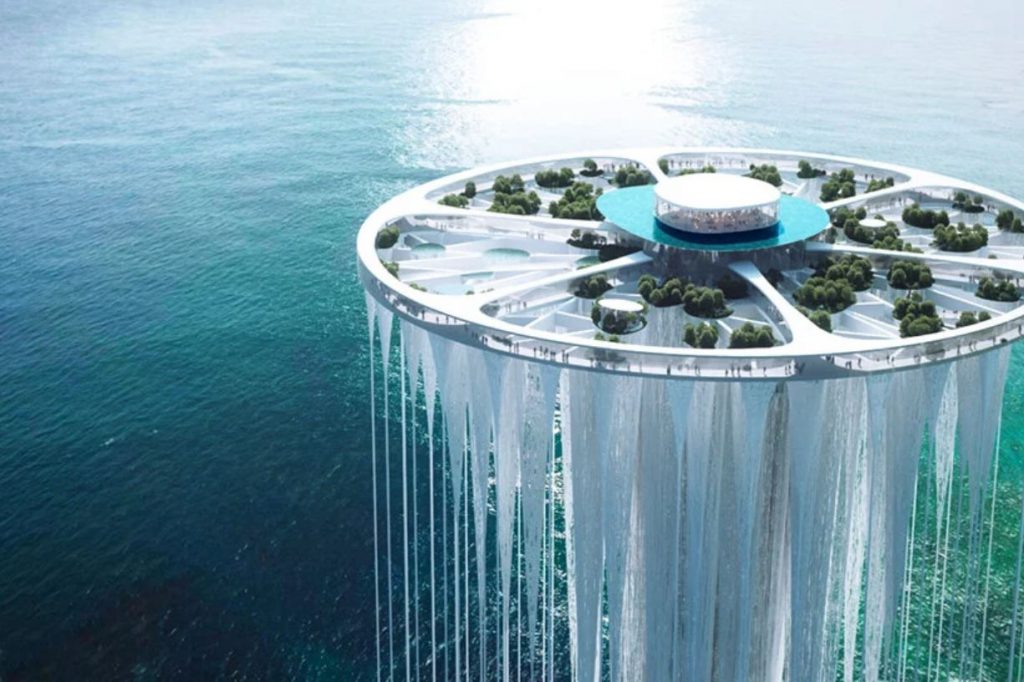
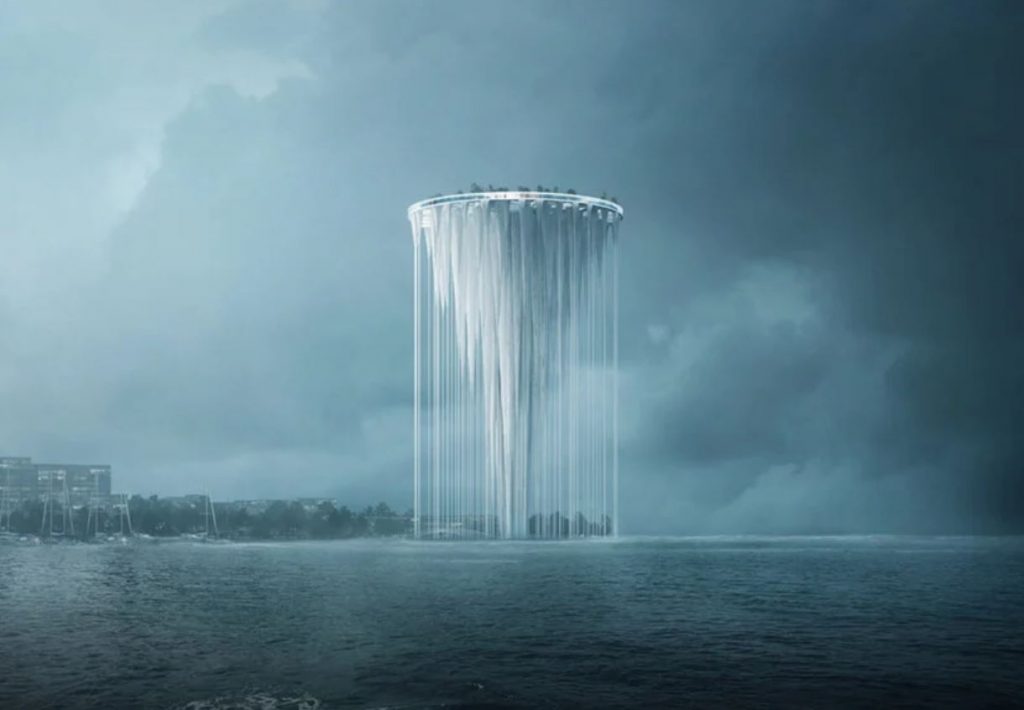
New City Center Landmark by Sou Fujimoto Architects (also header image)
The winning entry in the competition for a new landmark on the bay of the Qianhaiwan district in Shenzhen, China, developed by Tokyo-based Sou Fujimoto Architects reimagines the tower typology in the 21st century. The ethereal 268m tall high-rise will consist of ninety-nine individual towers that will simultaneously stand as a singular whole and a collection of smaller parts.
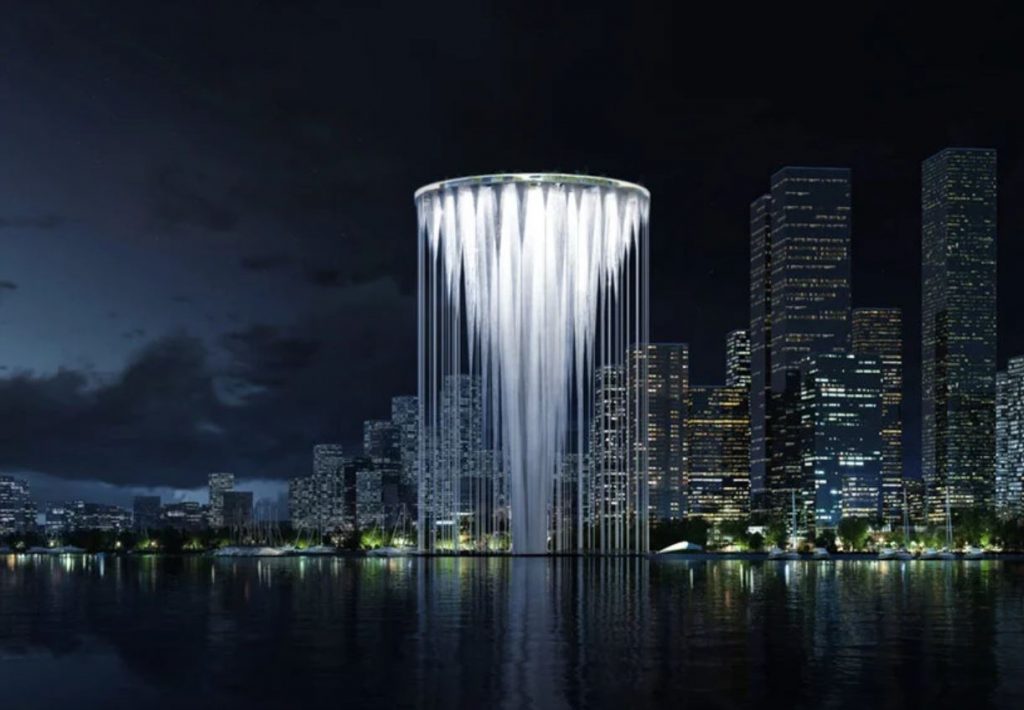
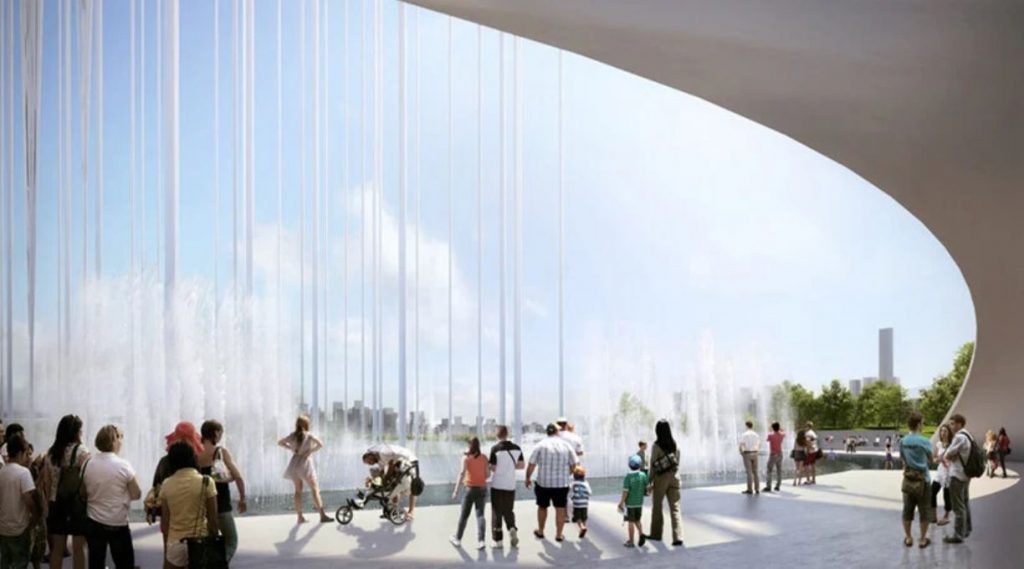
New City Center Landmark by Sou Fujimoto Architects
The building is mainly constructed with steel, carbon fiber, Kevlar Rope and concrete. qStructurally, the tower is supported by a centralized core, with balance maintained by peripherally located steel truss system with Kevlar tension cables. When viewed from above, the ninety-nine islands appear to be floating in the air with limited points of contact to the main element, recalling fictional depictions of the aerial cities of a future world.
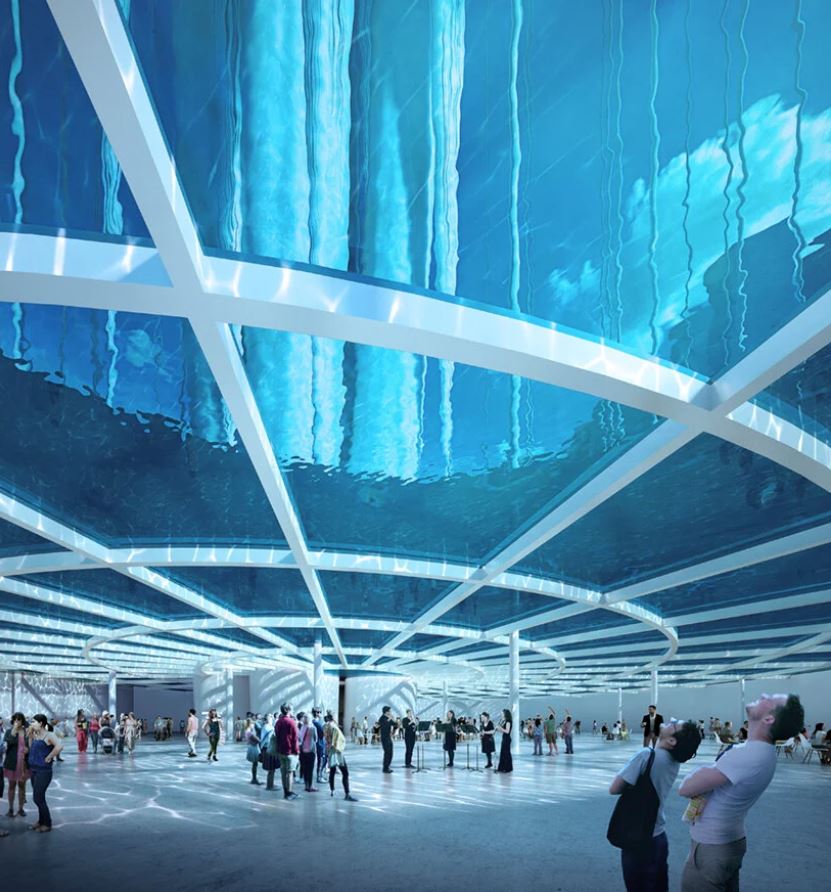
New City Center Landmark by Sou Fujimoto Architects
The project will host a viewing platform and exhibition space, along with a restaurant and cafe.